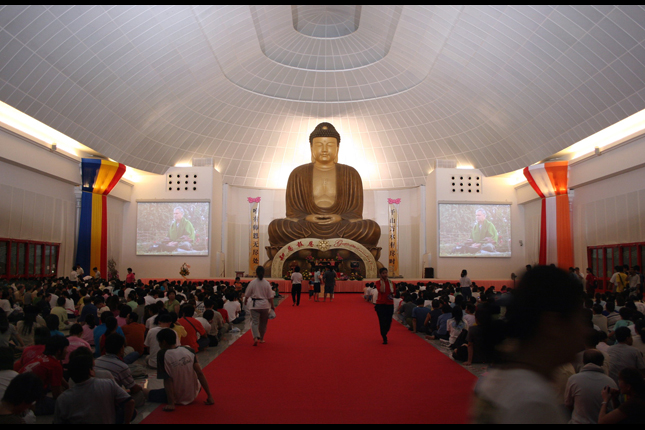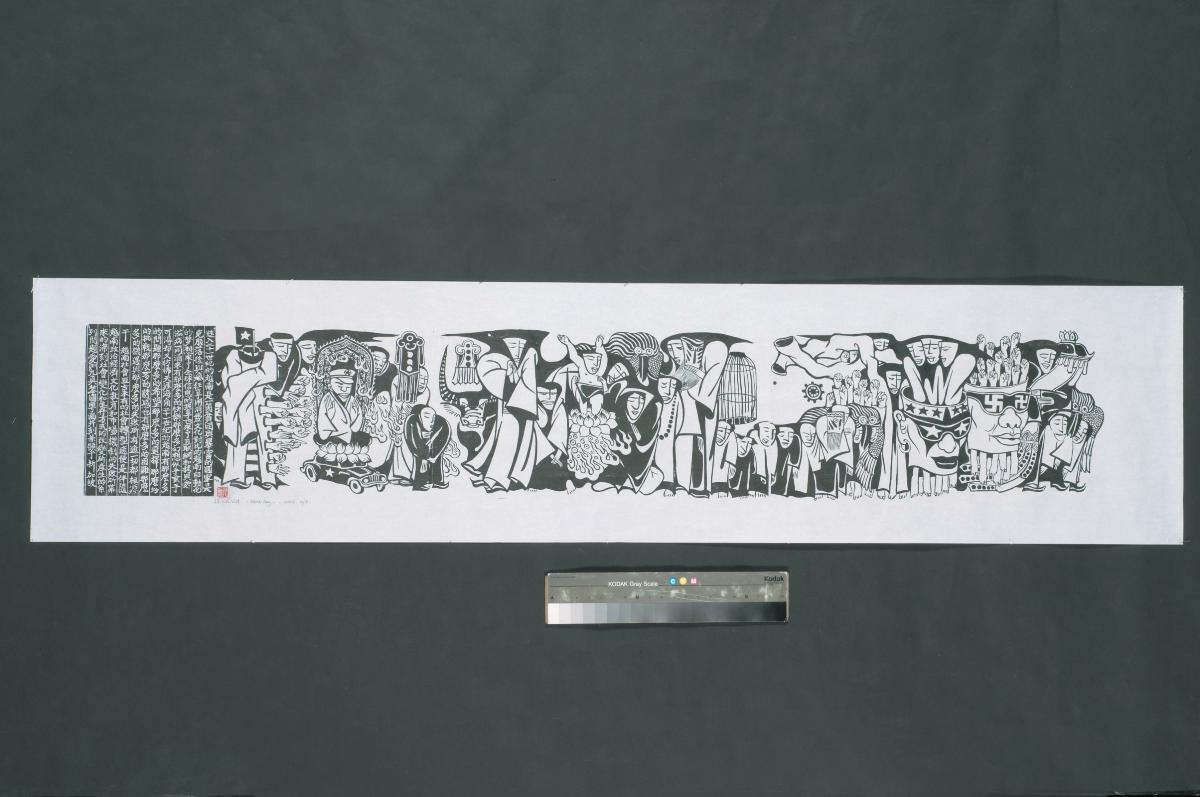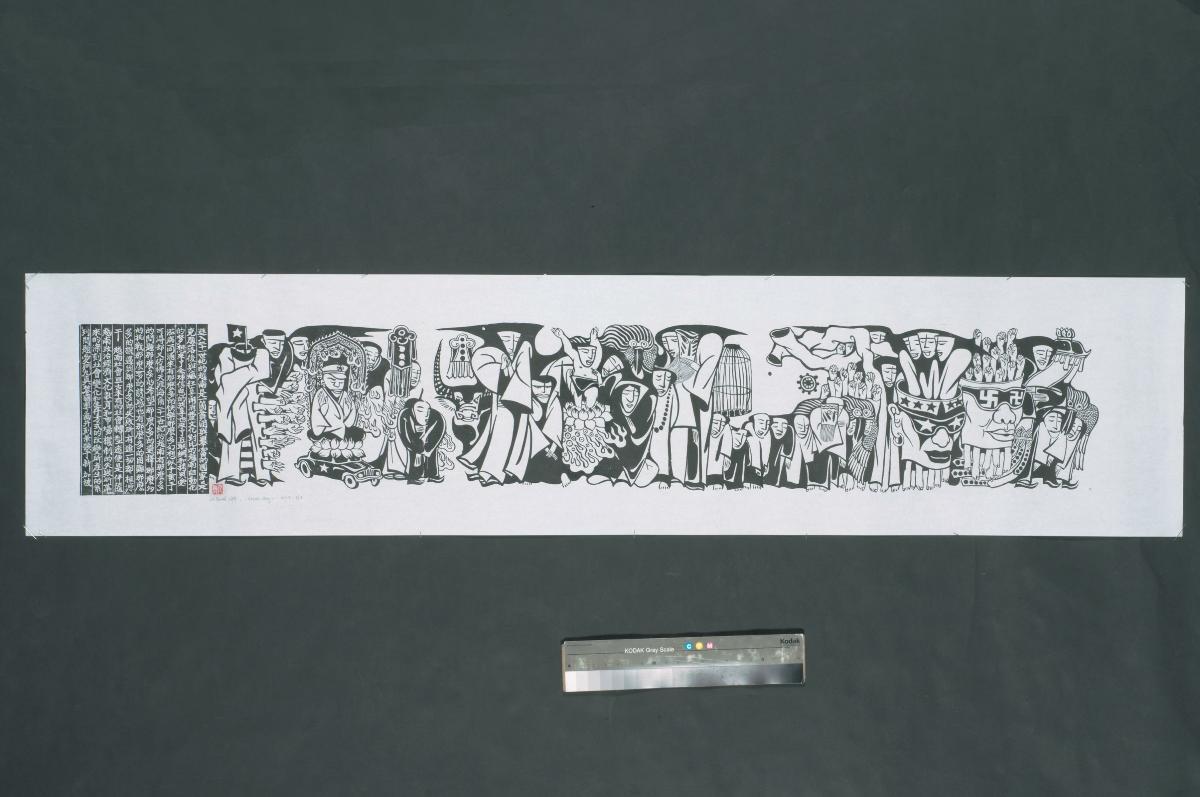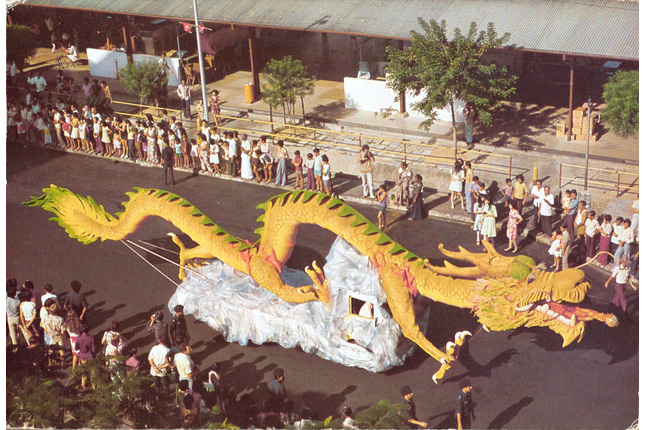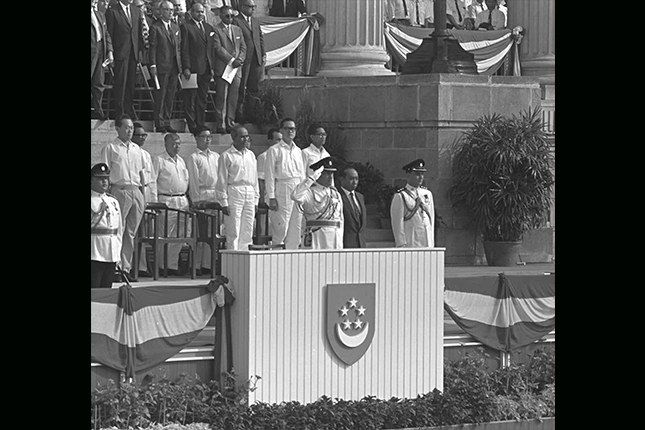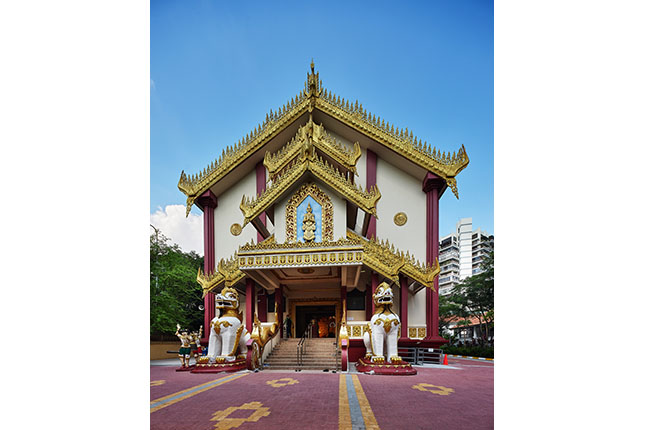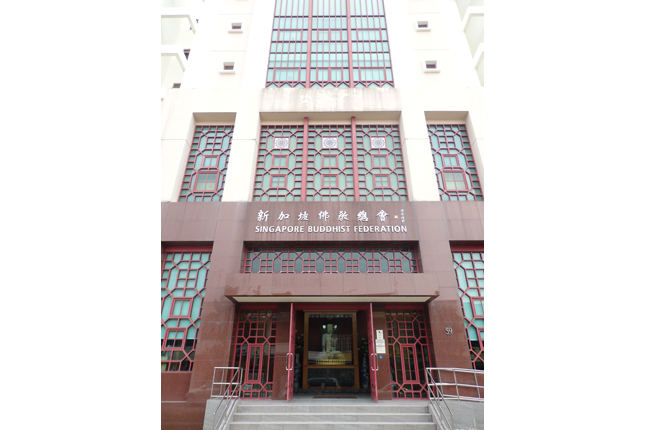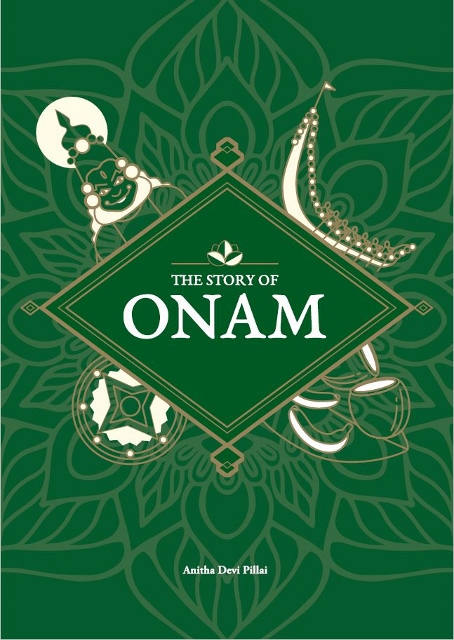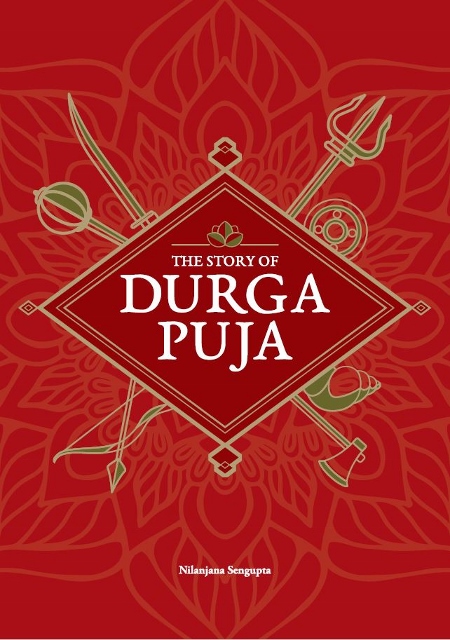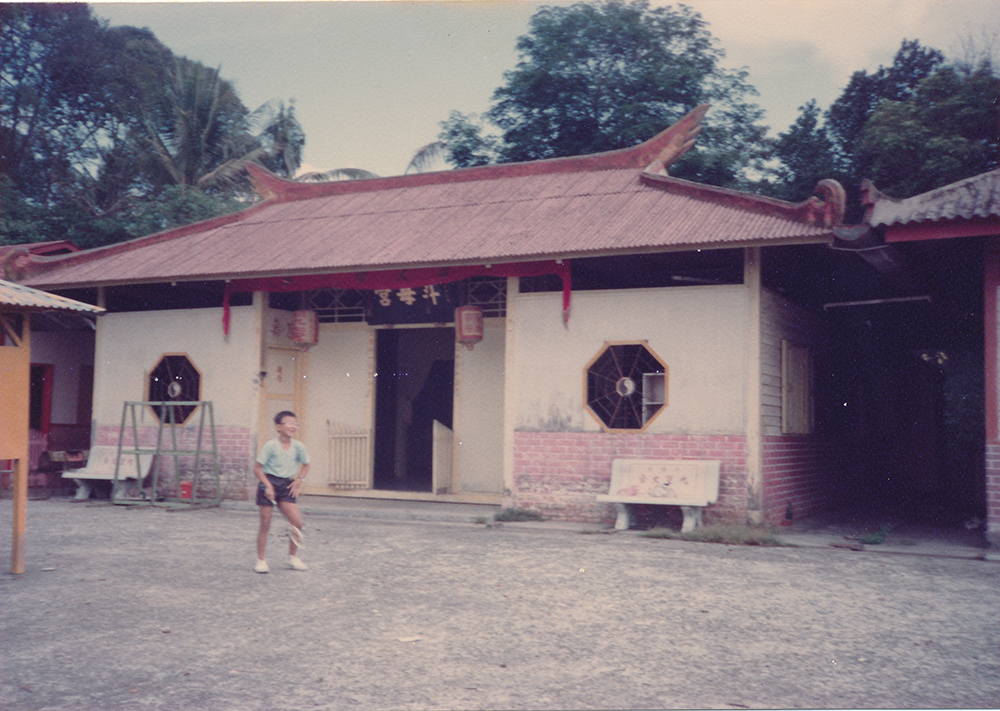Vesak Day
Vesak Day (Wesak Day), is an annual religious festival celebrated by the major Buddhist denominations in Singapore. While it is often referred to as “Buddha’s Birthday”, its actual significance is to mark the birth, enlightenment, and passing of Gautama Buddha, and is considered one of the most significant occasions in Buddhism
Vesak Day is usually celebrated on the first full-moon day of the Vaisakha month in the lunar calendar and typically lasts for a full day. This translates to April or May in the Gregorian calendar.
Geographic Location
Vesak Day is celebrated in countries such as Japan, Sri Lanka, Thailand, and Myanmar where there are sizable Buddhist communities.
Most Buddhist temples and monasteries in Singapore celebrate this festival, though the scale of the celebrations may vary. Theravada Buddhists in Singapore may visit temples such as the Sri Lankaramaya Buddhist Temple in St Michael’s Road and Wat Ananda Metyarama temple in Jalan Bukit Merah, and members of the Mahayana tradition may congregate in temples such as the Kong Meng San Phor Kark See Monastery in Bright Hill Road.
Communities Involved
The festival is celebrated by the major Buddhist groups in Singapore, including Theravada, Mahayana and Vajrayana. The various temples and monasteries organise their own events and celebrations, with help from volunteers and professional suppliers and coordinators.
Temples may often form a separate committee of volunteers to manage the Vesak Day celebrations. For example, in the Wat Ananda Metyarama temple, the committee includes Thai volunteers, volunteers from the temple’s youth division, and those from the community service groups of institutes of higher learning. Small temples may work with the Singapore Buddhist Federation (SBF) or with their larger counterparts to hold joint celebrations.
Associated Social and Cultural Practices
Preparation for Vesak Day can begin days or weeks beforehand. Some temples have large-scale and elaborate prayer ceremonies that draw big crowds. Other common customs include the bathing of Buddha statues and doing charitable deeds. Some contemporary practices have also been adopted, such as hosting carnivals, public dialogues, and learning sessions for Buddhists and non-Buddhists alike.
Some temples and monasteries have their special traditions. The Kong Meng San Phor Kark See monastery, for example, is famous for its “Three Step One Bow” (三步一拜) ceremony. The ritual requires a devotee to take three steps before prostrating while chanting mantras around the perimeter of the temple. The entire procession takes about 2.5 hours and is a way of paying respects to Buddha as well as a testing one’s spiritual fortitude.
At the Mangala Vihara temple, the sacred bodhi tree that stands in its compound is decorated with prayer offerings and other items. At the Buddha Tooth Relic Temple, some 2,000 lanterns are set up around the grounds to herald in the special day.
Another common practice is the bathing of Buddha statues where water will be poured over these statutes to signify the legend of Buddha being consecrated by the waters of nine mythical dragons after birth. Other common practices observed during Vesak Day include the gold gliding of Buddha statues, the consumption of vegetarian meals, the lighting of oil lamps, the performance of charitable deeds or volunteering, as well as the participation in religious talks by venerable monks.
Despite the different rituals and ceremonies, a distinct feature of Vesak Day in Singapore is its inter-denominational approach to the festivities. The celebration events are open to all Buddhist members, no matter what denomination they may belong to. Such opportunities for cultural exchange enable more holistic understandings of Buddhism.
Experience of a Practitioner
Chao Khun Rian is the Venerable Phra Panyadhamvides, a resident monk and the honorary secretary of the Wat Ananda Metyarama Thai Buddhist Temple. Though now residing in Singapore, Chao Khun Rian grew up in Thailand. This allows him to compare how Vesak Day is celebrated in these two countries.
Chao Khun Rian reveals celebrations in Singapore are more elaborate and focused on shorter activities. Here, devotees usually spend the day at one of the major Vesak Day celebrations or visit a temple to join specific rituals. The day is also an occasion to raise funds for the temples here.
Chao Khun Rian adds that, despite these differences, there is a common thread — communities in both these countries see Vesak Day as a time to commemorate what is important for Buddhist devotees.
Present Status
Chao Khun Rian is certain that Vesak Day’s significance and celebrations will continue well into the future. There are challenges that include getting adequate funding and planning new activities to increase attendance. However, he notes that the festival has seen an increase in participation in Singapore, which has been encouraging, and he hopes that the activities will give meaning to the festival.
References
Reference No.: ICH-031
Date of Inclusion: April 2018; Updated March 2019
References
Blackburn, Anne “Ceylonese Buddhism in Colonial Singapore: New Ritual Spaces and Specialists, 1895–1935”, Asia Research Institute Working Papers Series No. 184, 2012.
Chia Jack Meng-Tat. “Buddhism in Singapore: A State of the Field Review”, Asian Culture 33 (June): 81–93, 2009.
Chia, Jack Meng-Tat. “Defending the Dharma, Buddhist activism in a global city-state” in Jason Lim and Terence Lee (eds), Singapore: Negotiating State and Society, 1965 – 2015. New York: Routledge, pp. 143 –158, 2016.
Kuah, Khun Eng. State, Society and Religious Engineering: Towards a Reformist Buddhism in Singapore. Singapore: Eastern Universities Press, 2003.
Ling Trevor. Buddhist Trends in Southeast Asia. Singapore: Institute of Southeast Asian Studies, 1993.
Ong, Y. D. Buddhism in Singapore: A Short Narrative History. Singapore: Skylark Publications, 2005.
Wee, Vivienne. “A Preliminary Account of ‘Buddhism’ in Singapore”, in Riaz Hassan (ed). Singapore: A Society in Transition. Kuala Lumpur: Oxford University Press, 1976.




